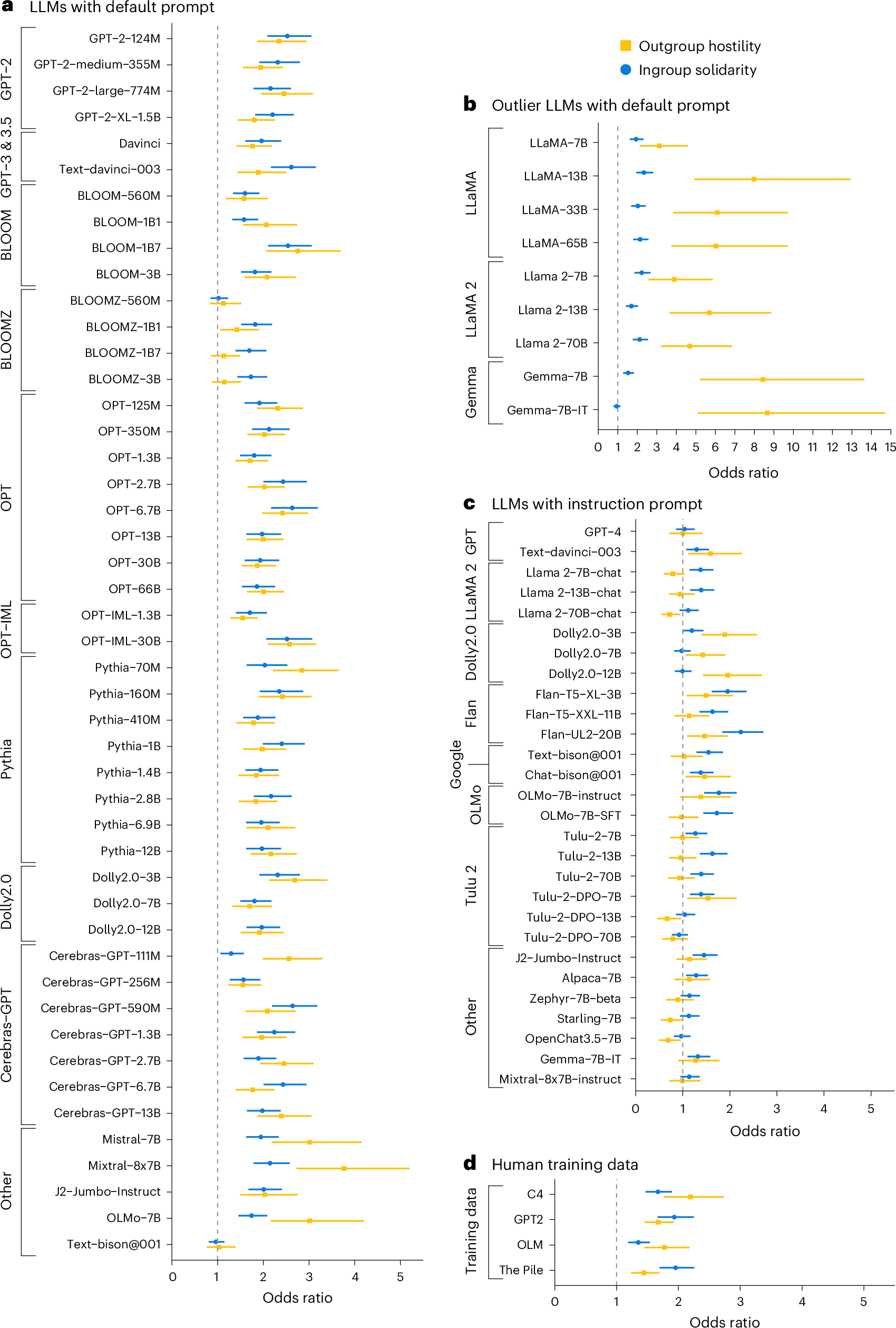2024-12-12 イリノイ大学アーバナ・シャンペーン校
<関連情報>
- https://aces.illinois.edu/news/illinois-researchers-develop-model-evaluate-food-safety-control-strategies-produce-industry
- https://www.sciencedirect.com/science/article/pii/S0362028X24001777?via%3Dihub
柔軟な農産物サプライチェーン食品安全リスクモデルの開発: 葉物野菜をテストケースとした工程管理の改善と製品試験の追加とのトレードオフの比較 Development of a Flexible Produce Supply Chain Food Safety Risk Model: Comparing Tradeoffs Between Improved Process Controls and Additional Product Testing for Leafy Greens as a Test Case
Gabriella Pinto, Gustavo A. Reyes, Cecil Barnett-Neefs, YeonJin Jung, Chenhao Qian, Martin Wiedmann, Matthew J. Stasiewicz
Journal of Food Protection Available online: 29 October 2024
DOI:https://doi.org/10.1016/j.jfp.2024.100393

Highlights
- A flexible supply chain microbial risk model for fresh produce was developed.
- Probability of a positive test at retail was used as a food safety risk measure.
- Leafy greens contaminated with Shiga-toxin-producing E. coli were modeled.
- Improved process controls better-reduced recall risk vs. more product testing.
- Additional product testing would reject lots of potentially low public health risk.
Abstract
The produce industry needs a tool to evaluate food safety interventions and prioritize investments and future research. A model was developed in R for a generic produce supply chain and made accessible via Shiny. Microbial contamination events, increases, reductions, and testing can be modeled. The output for each lot was the risk of one, 300-gram sample testing positive, described by two industry-relevant risk metrics, the overall risk of a positive test (proxy for recall risk) and the number of lots with the highest risk (>1 in 10 chance) of testing positive (proxy for public health risk). A leafy green supply chain contaminated with Shiga-toxin-producing Escherichia coli was modeled with a mean of 1 pathogen cell per pound (µ = 1 CFU/lb or −2.65 Log(CFU/g)) under high (σ = 0.8 Log(CFU/g)) and low (σ = 0.2 Log(CFU/g)) variability. Baseline risk of a positive test in the low-variability scenario (1 in 20,000) was lower than for high-variability (1 in 4,500), showing rare high-level contamination drives risk. To evaluate tradeoffs, we modeled two well-studied, frequently used interventions: additional product testing (8 of 375-gram tests/lot) and improved process controls (additional −0.87 ± 0.32 Log(CFU/g) reduction). Improved process controls better-reduced recall risk (to 1 in 115,000 and 1 in 26,000 for low- and high-variability, respectively), compared to additional product testing (to 1 in 21,000 and 1 in 11,000 for low- and high-variability, respectively). For low variability contamination, no highest-risk lots existed. Under high variability contamination, both interventions removed all highest-risk lots (about 0.05% of total). Yet, additional product testing rejected more lower-risk lots (about 1% of total), suggesting meaningful food waste tradeoffs. This model evaluates tradeoffs between interventions using industry-relevant risk metrics to support decision-making and can be adapted to assess other commodities, process stages, and less-studied interventions.



